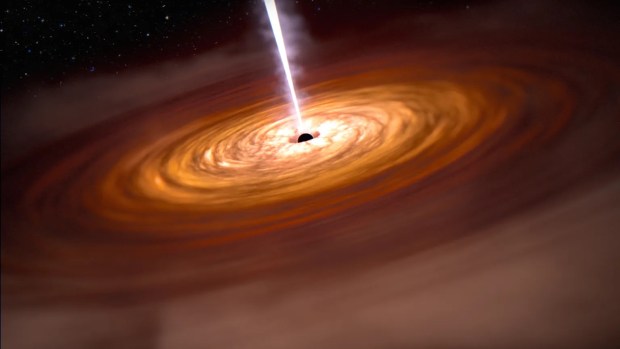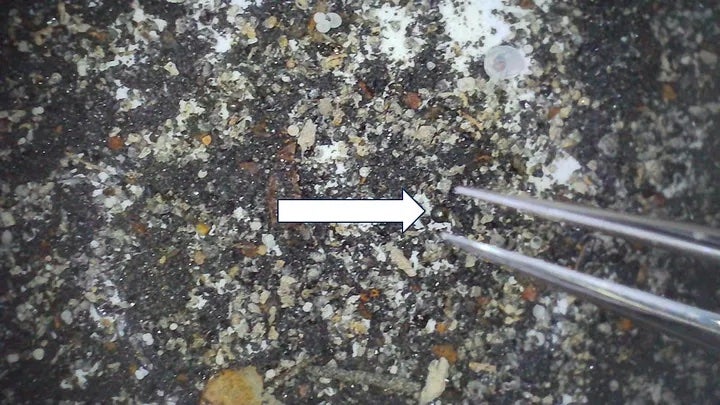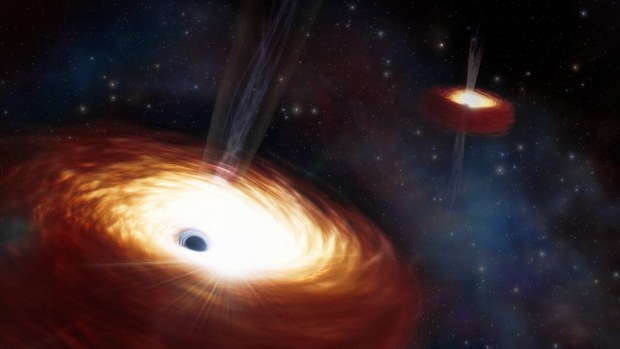After 100 years of theory and decades of experiments, astronomers at the Laser Interferometer Gravitational-Wave Observatory finally directly detected gravitational waves in 2015, forever altering the course of astronomy.
Gravitational waves are literally distortions in space-time, ripples in the fabric of the universe. Gravity is the weakest of the four fundamental forces, so only the most extreme events — black holes colliding, neutron stars twirling, supernovae erupting — would produce detectable waves. LIGO’s twin detectors in Louisiana and Washington state, along with partnering Virgo detectors in Cascina near Pisa, Italy, use lasers to watch for these tiny stretches and squeezes of space-time.
The discovery of gravitational waves not only confirmed yet another aspect of Albert Einstein’s theory of gravity, known as general relativity, but it also opened up an entirely new avenue for researchers to observe and study the cosmos.
In this episode of Infinity & Beyond, join host Abigail Bollenbach as she gives you the rundown on cosmic ripples known as gravitational waves.
Stay up-to-date on the latest space and astronomy news at https://astronomy.com/news. And make sure to follow us on Facebook (https://www.facebook.com/AstronomyMagazine), Instagram (https://www.instagram.com/astronomy.magazine/), and Twitter (https://twitter.com/AstronomyMag).









